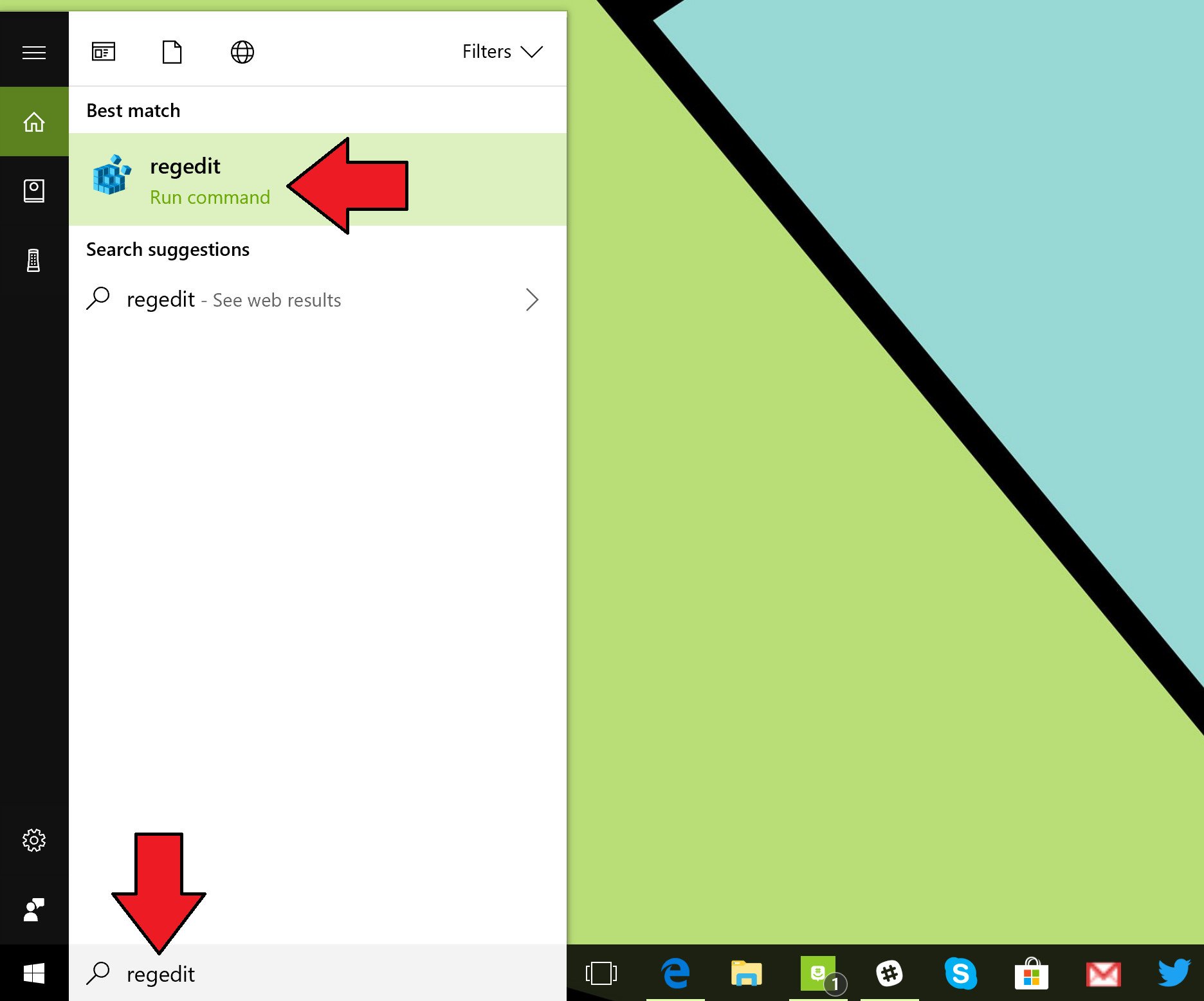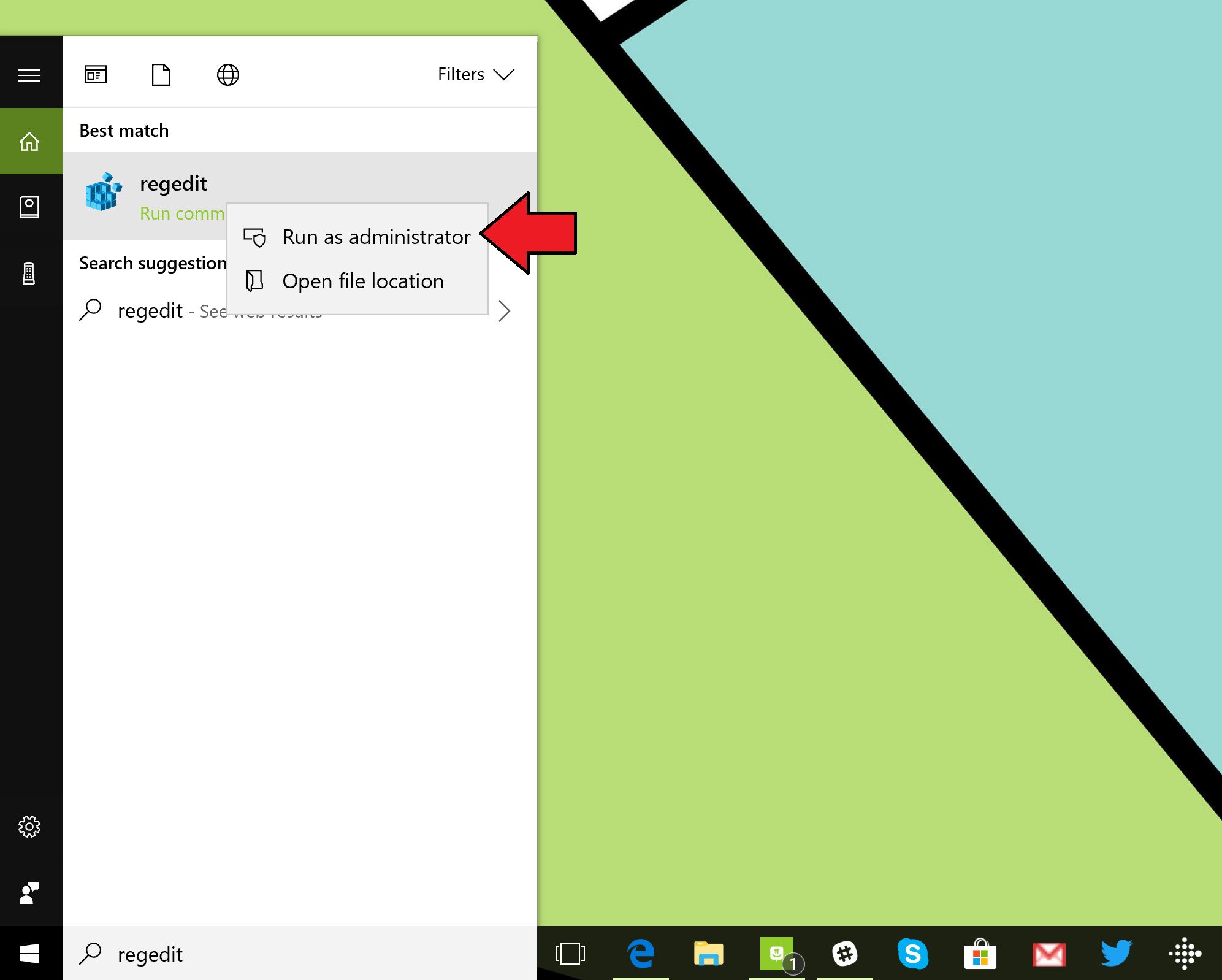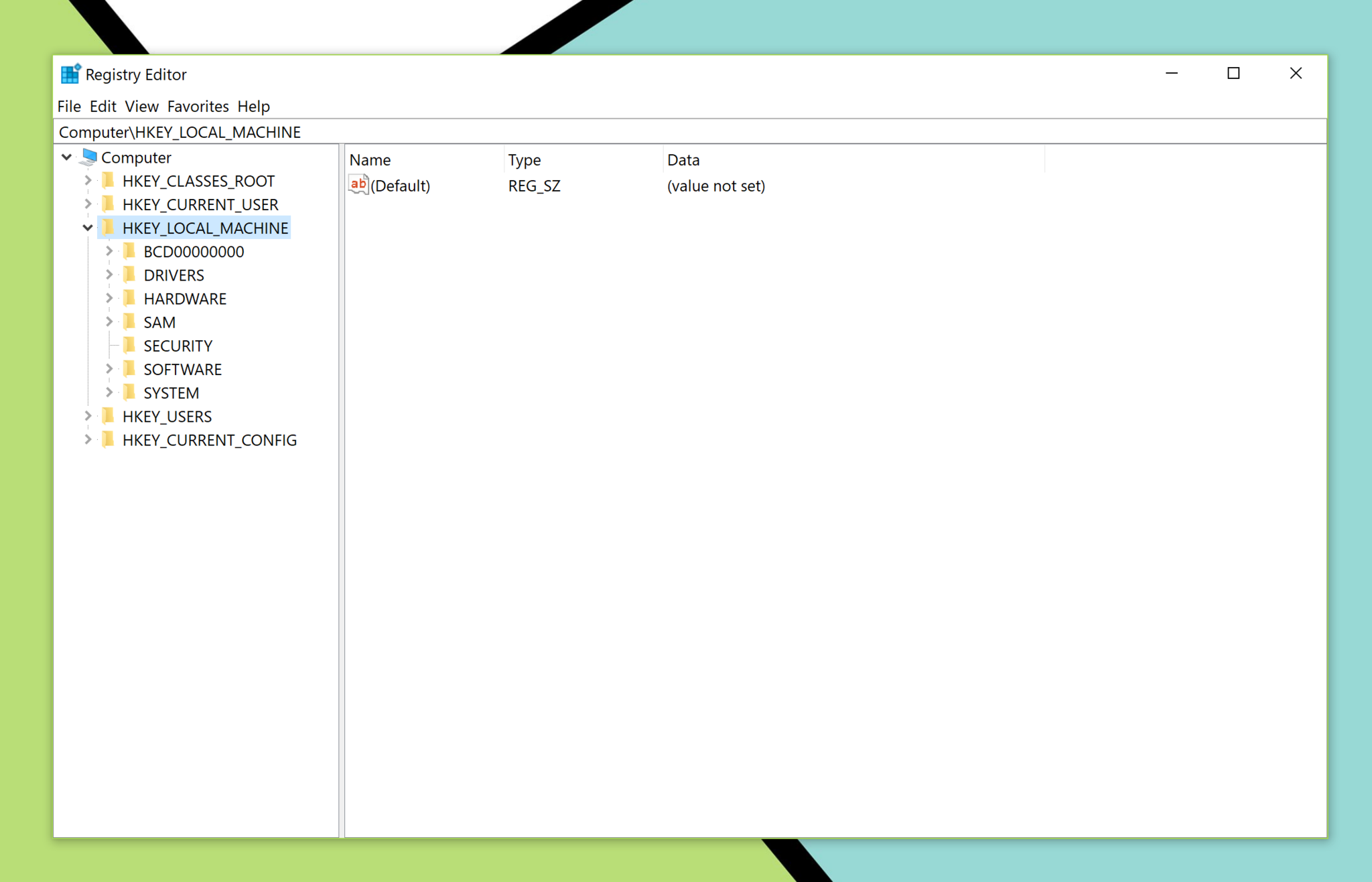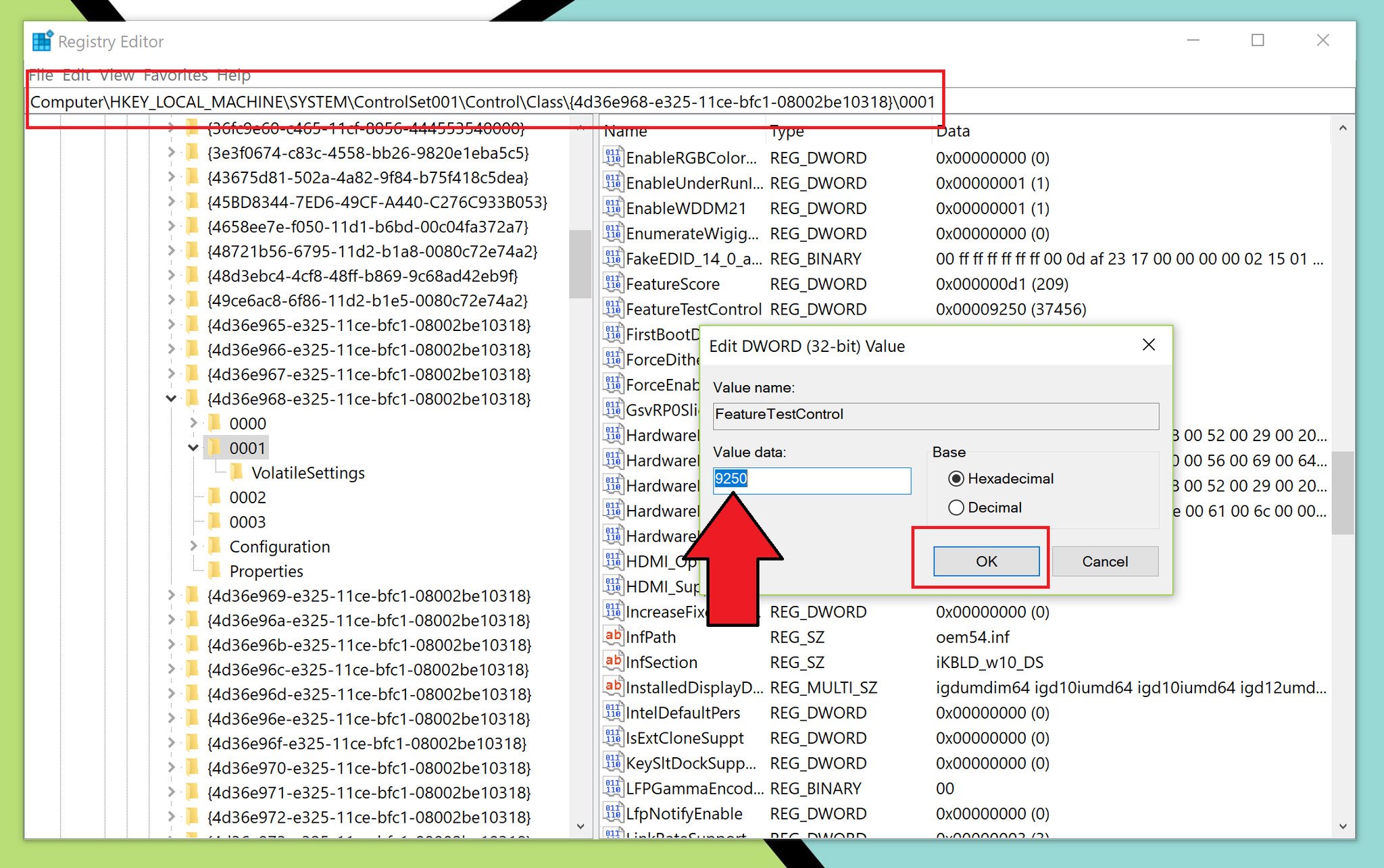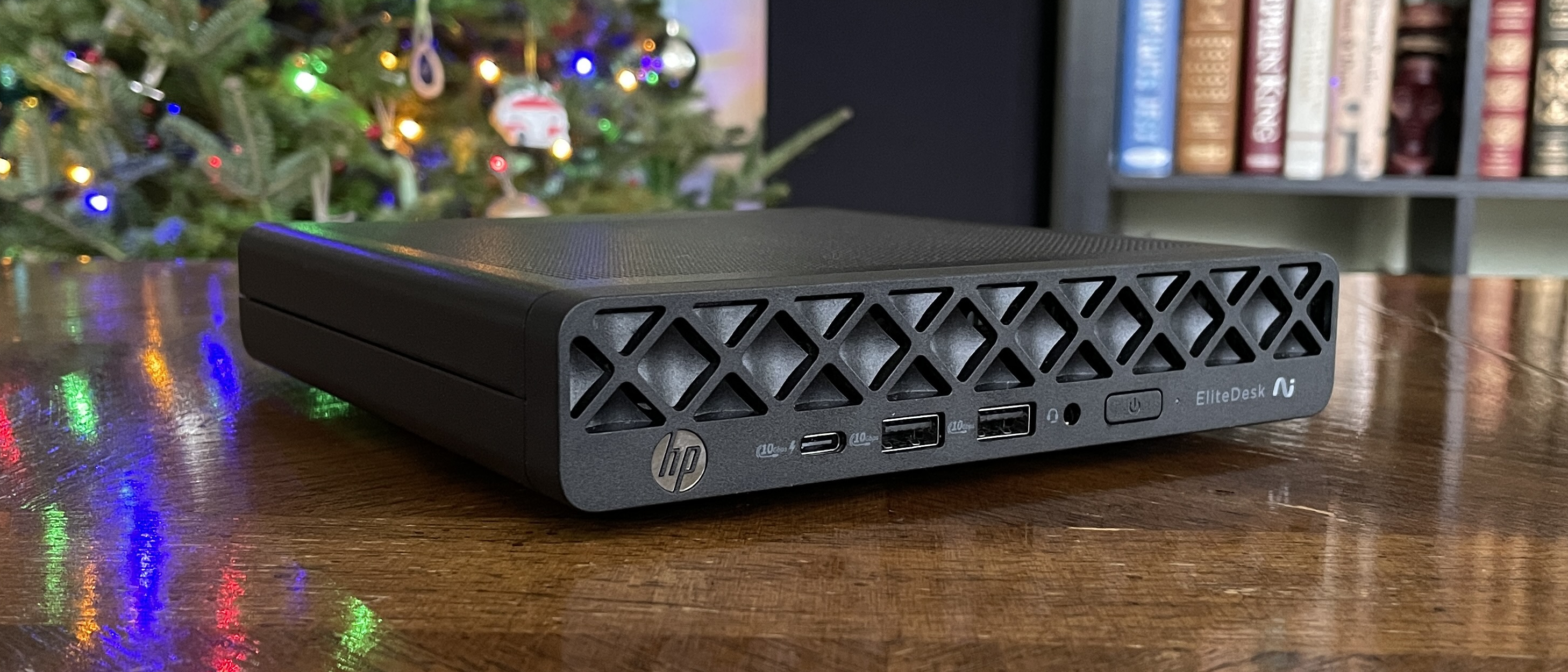How to disable adaptive contrast on the Surface Pro and Surface Book
If your Surface Pro or Book display suddenly shifts brightness at night time this simple registry trick will solve it.
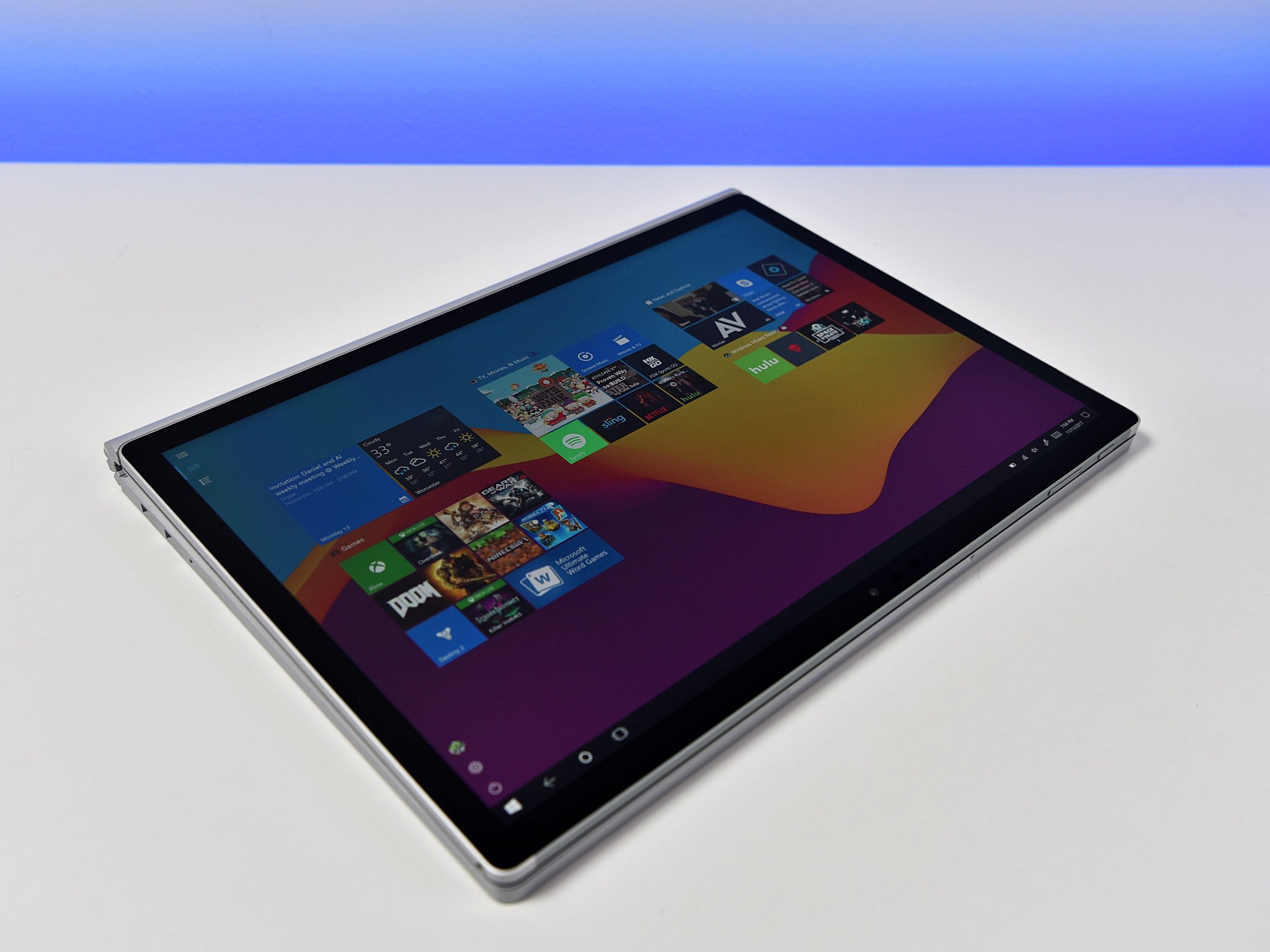
For those who own a Surface Pro (4 or 2017) or Surface Book (1 or 2), you may notice an occasional and subtle flickering of the display, especially at night with a dimmed screen. Some of that may be attributable to "adaptive contrast," which auto-adjusts aspects of the screen based on light or dark scenes.
In this quick guide, we explain the difference between adaptive contrast and adaptive brightness, and more specifically, how to disable it.
What is adaptive contrast?
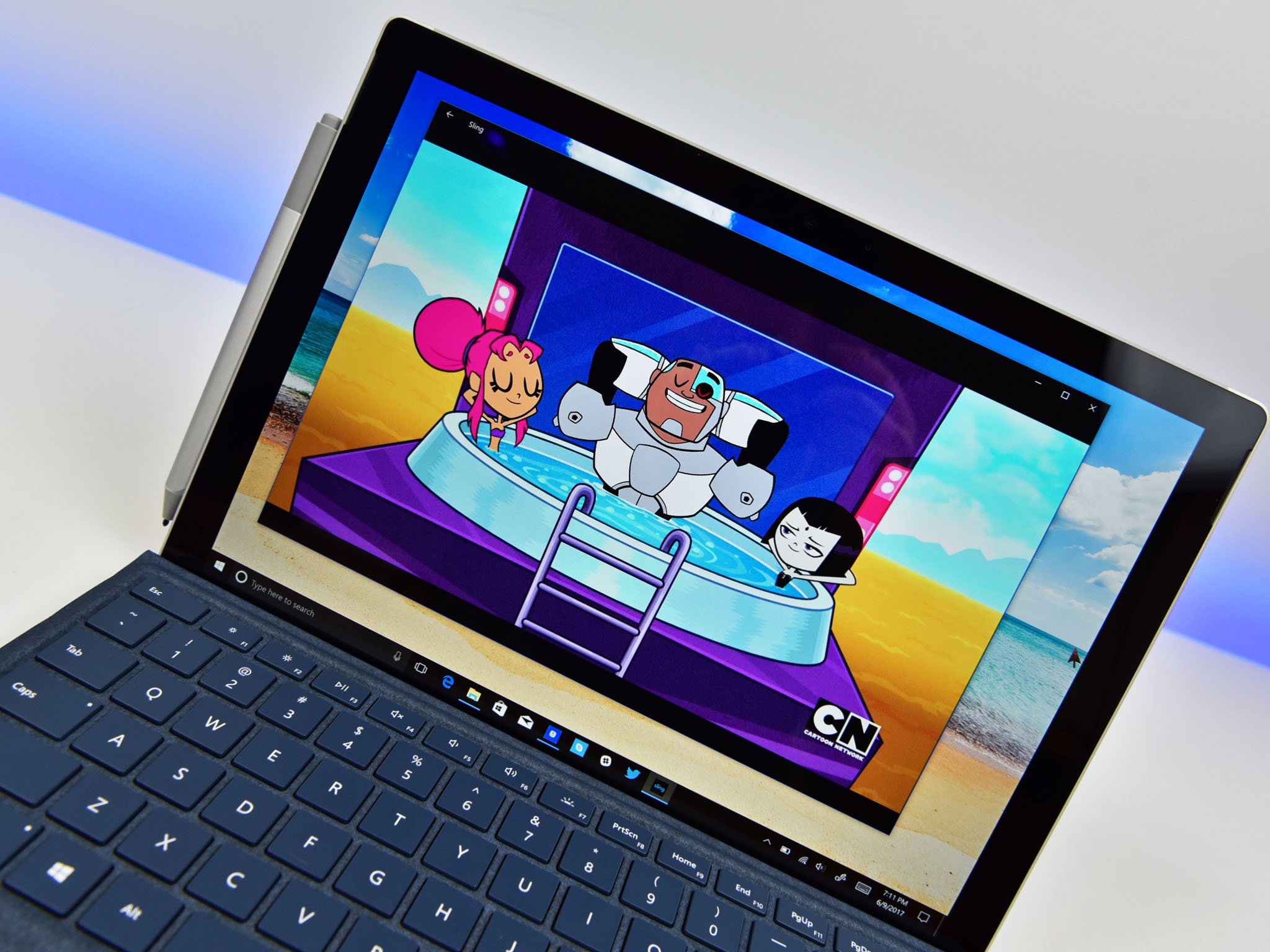
Adaptive contrast is very different than auto-brightness (or adaptive brightness) found under Settings > System > Display, which ramps up and down the display backlight on ambient lighting conditions.
Adaptive contrast differs because it adjusts based on the current image on your display rather than the ambient light in your room. It's like edge-lit local dimming of specific zones due to what is on the screen. (This is also different than High Dynamic Range (HDR), which is much more sophisticated and precise with more color-depth).
The feature is standard on modern TVs and high-end gaming monitors, but it can also be a source of frustration for some. The effect is most noticeable at night when you tend to have a lower display brightness because you're in a dark room.
To simulate the effect, go into a dark room, and open Microsoft Word (or anything with a white background) then switch to an app that is all black like Settings (if dark mode is enabled). You should see the screen slowly and smoothly dim and shift contrast.
Unfortunately, while you can easily disable adaptive brightness under Settings > System > Display > Change brightness automatically when lighting changes there is no easy way to disable adaptive contrast. While many users conflate the two, disabling auto-brightness won't solve this behavior if it bothers you.
All the latest news, reviews, and guides for Windows and Xbox diehards.
Note: Some users install Intel's graphics drivers manually to enable the Intel graphics panel settings. While that will give you the option to disable adaptive contrast, the associated drivers – which are not approved for Surface – can have detrimental effects including BSODs, system crashes, and other instability.
How to disable adaptive contrast using the registry
Since Microsoft does not offer a way to disable adaptive contrast through the Windows 10 OS, the most direct way to do it is through the registry.
Warning: Modifying the system registry can have dire repercussions if not followed precisely, including driver failures, system instability, or not being able to boot into Windows. Users are always encouraged to run a system backup before making any changes to the registry.
Luckily, the registry change to disable adaptive brightness is just one key with a number change. The trick, however, is finding it. Here's how:
- From the Start screen search for regedit.
- Right-click it, and then and click or tap Run as administrator from the app command.
- Navigate to
Computer\HKEY_LOCAL_MACHINE\SYSTEM\ControlSet001\Control\Class\{4d36e968-e325-11ce-bfc1-08002be10318}\0001
- Scroll down to mid-page, and then find FeatureTestControl and double-click to edit the DWORD Value.
- Change Value data from 9240 (default) to 9250 (leave in base hexadecimal).
- Hit OK to save the changes.
- Restart the Surface Pro or Surface Book to enable the change.
This registry change efficiently kills adaptive contrast with, as far as we know, no negative repercussions. To re-enable the feature, just retrace the above steps and change 9250 back to 9240, save, and restart.
Some users have noted that any time there is a significant Windows update this setting is reset to default (9240), so you may need to redo this edit once or twice a year.
More Windows 10 resources
For more help articles, coverage, and answers related to Windows 10, you can visit the following resources:
- Windows 10 on Windows Central – All you need to know
- Windows 10 help, tips, and tricks
- Windows 10 forums on Windows Central

Daniel Rubino is the Editor-in-chief of Windows Central. He is also the head reviewer, podcast co-host, and analyst. He has been covering Microsoft since 2007 when this site was called WMExperts (and later Windows Phone Central). His interests include Windows, laptops, next-gen computing, and wearable tech. He has reviewed laptops for over 10 years and is particularly fond of 2-in-1 convertibles, Arm64 processors, new form factors, and thin-and-light PCs. Before all this tech stuff, he worked on a Ph.D. in linguistics, performed polysomnographs in NYC, and was a motion-picture operator for 17 years.
